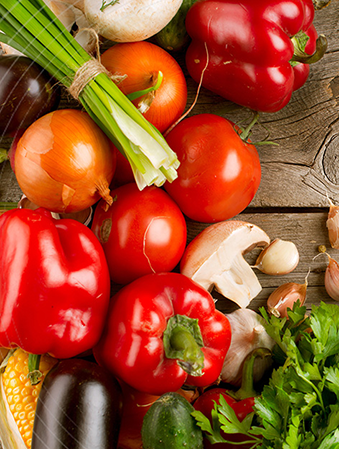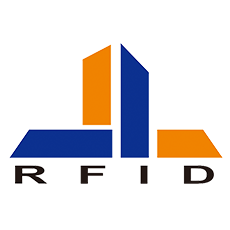Food can be a complicated subject. On the one hand, it can keep you healthy and strong when it’s fresh, but let it sit for too long, or in the wrong conditions, and it can become poison.The need to feed the growing world population has led to remarkable innovations, with higher crop yields and the ability to mass-produce a staggering array of items, yet inefficiencies in the distribution network mean a significant amount of food goes to waste. Millions of people around the world don’t have access to a proper food supply, but in certain trading zones the market for luxury foodstuffs is so strong that it attracts counterfeiters and black-market activities
Food Involves Everyone

Throughout the supply chain for food, from producers and retailers to government regulators and end consumers, there are questions of quality, authenticity, and affordability. The companies that produce and sell food are tightly tied to brands and face stiff competition. There is pressure to stock shelves with new products, and to introduce new price-differentiation models, while profit margins remain low. From the government perspective, agencies at the federal and local levels are concerned about the health risks of poorly produced and improperly stored foods, and there are efforts in place to improve distribution networks as to minimize waste and catch counterfeiters. As for consumers, there is the ongoing challenge of finding quality and nutrition within the limits of the weekly food budget.
Food & Fashion
The food industry is, in many ways, very similar to other sectors in the consumables market, especially fashion. Like food retailers, clothing companies depend heavily on brands to create a competitive advantage, and need to introduce new products while anticipating demand so as not to over- or under-supply the market. Government agencies help the fashion industry fight fakes and combat unauthorized sales in black-market channels, and the people who buy clothes are price-conscious and seek value in their purchases.
Food and fashion have so much in common, in fact, that many of the same solutions used to improve the supply chain for fashion can be applied to food. One success story in particular for fashion is the use of Radio Frequency Identification (RFID) technology to enable item-level tracking, increase revenue, and raise profit margins.
How RAIN RFID Can Help
There are several ways to extend the profits of RFID to the food industry. In particular, RFID can increase efficiency within supply chain and can help ensure the quality of perishable goods.
Efficient Inventories. A typical supermarket stocks an average of 40,000 Stock Keeping Units (SKUs). The large number of SKUs makes inventory control a major challenge, and inaccurate counts can lead to dissatisfied customers. Many food shoppers go to a large market only once or twice a week, and expect to find what they want. If a given product is out of stock, the disappointment can be significant enough to erode loyalty, and drive shoppers elsewhere. RFID tags can help supermarkets and other retail locations manage inventories more precisely, for more responsive logistics and greater efficiency. Shelves are always fully stocked and shoppers always find what they want, when they want it.
Protected Perishables. The “fresh” category is an especially important segment of the food industry, since it offers the highest growth rates. But it also presents some of the biggest challenges in terms of logistics and shrinkage. Fresh food needs to be handled properly and doesn’t last long, even under the best circumstances. Shrinkage rates can be significant, leading to as much as 10% or more in some categories. Rotten food has expenses associated with it, not just in lost sales, but also because it costs money to dispose of unsaleable items. RFID tags can be used to track food items more closely while they’re in the supply chain as well as in the retail store, to ensure proper handling, and can also be equipped with sensors that monitor environmental conditions to avoid spoilage.
In the Retail Store. The typical consumer behavior to fetch the product with the longest fresh time from the shelf can be reverted with RFID by providing linear price discounts for the consumer based on freshness.
Inventory control and environmental monitoring are just two examples of how RFID can help the food industry operate more efficiently and more effectively.
(Reference:https://nxp-rfid.com/rfid-food-quality-efficiency-todays-consumables/)
















